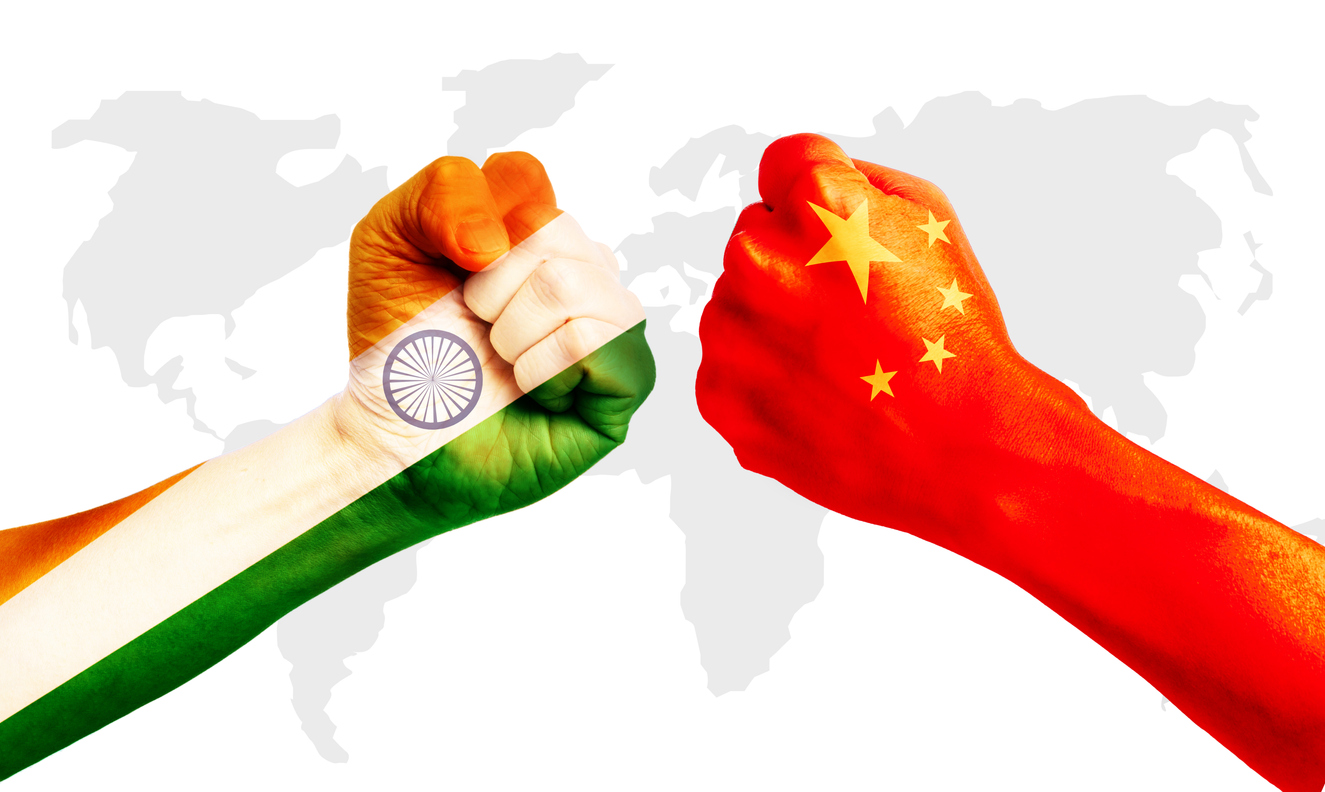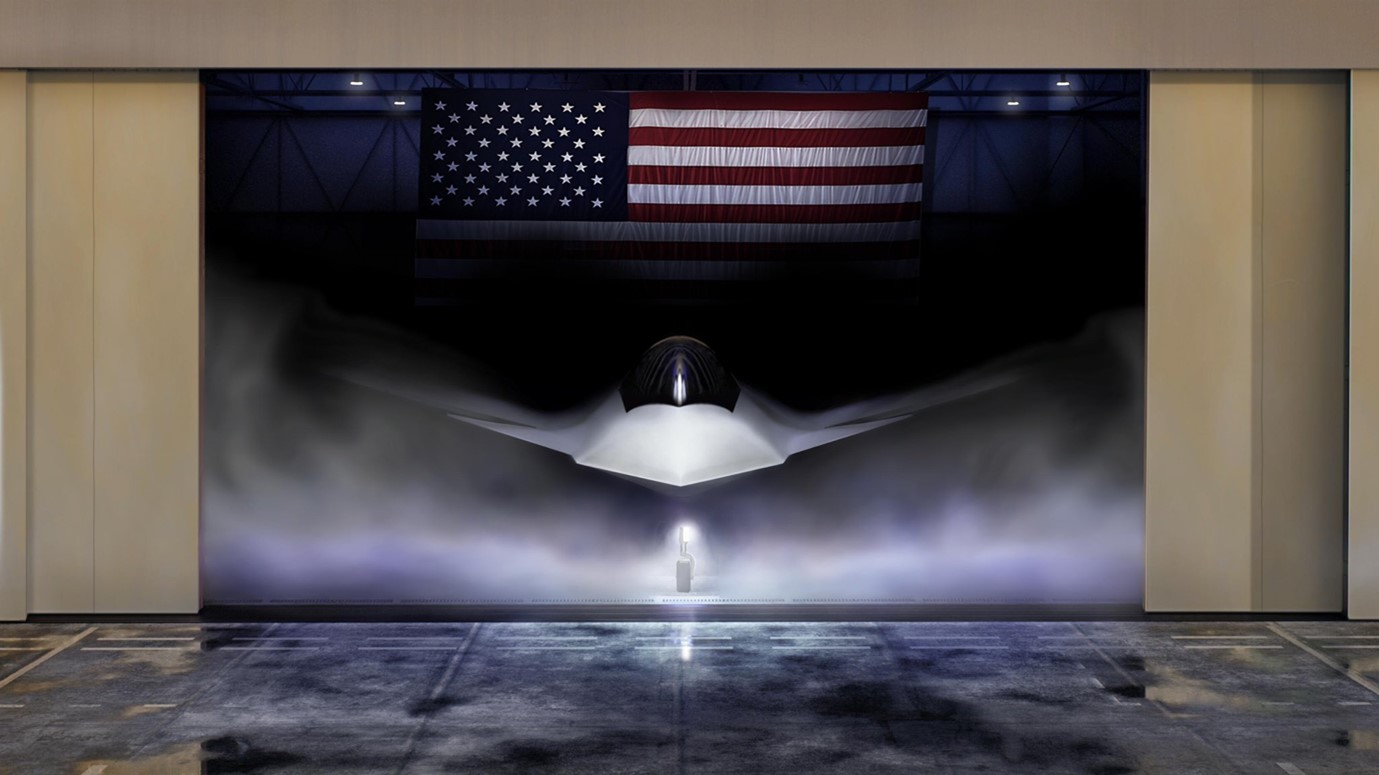
INDIA’S EMERGING PUSHBACK AGAINST CHINA: HOW RISK PRONE IS THIS GAMBLE?
 Tue, 26 Mar 2024
| Reading Time: 4 minutes
Tue, 26 Mar 2024
| Reading Time: 4 minutes

By now the backdrop is clear and almost getting stale. Yet, it may be worth recalling the sincerity with which India recommenced its engagement with Xi Jinping’s China soon after the NDA government came to power in May 2014. It appeared that China too was reviewing its stance in the then emerging era of cooperation. However, there were ominous signs of the PLA’s intransigence when it attempted walk-in operations in Eastern Ladakh, even as the Chinese President was welcomed in Ahmedabad by the Indian Prime Minister. Five years down the line, PM Narendra Modi’s leadership and handling of the Indian economy, including self-sufficiency, foreign affairs and defence started to reveal results. The 2017 handling of Doklam over 72 days led to a PLA back down. The firmness with which pushback against proxy war strategy of Pakistan was ensured led to the August 5, 2019, decision to amend Article 370 and take J&K out of the ambit of exclusivity in order to integrate it with rest of India. Politically, India was stable; economically it was progressing well; and from a security angle many of its issues were receding to the background. For China, pragmatism would have demanded that India be taken on board with an approach of engagement and cooperation, to enable both nations to benefit and put at rest the unnecessary confrontation which arose from China’s perception about India being a potential rival for power in Asia. The power make-up of Asia itself is based upon geographical divide. Like West Asia is distinct, so is South Asia and so is the Asian Pacific region.
Unfortunately, China misread the Indian growth story, as also India’s intent. In 2020, as soon as the pandemic broke out, it considered it the appropriate moment to militarily cow down India. It was not as if this was something completely new. Ever since 1978 when Deng Ziao Ping had directed the launch of the Four Modernisations, military modernisation was at the last priority. Only from 2005 it became evident that China was getting confident of its own military might after having achieved phenomenal economic growth. The PLA however, remained completely untested. Confrontation started to become inevitable as soon as the PLA commenced aggressive patrolling at the LAC to its vague claim lines which were never specified. Its strategy remained completely in the grey zone. No presentation of claim lines, just an activation of the border region with changing rules as set by it. Relations on the economic front continued as before since the Indian markets were lucrative and the rising Indian middle class was clamouring for more white goods.
There is only one other thing that any keen follower of Sino Indian relations must be aware of. That is China’s apprehension of a rise in India’s strategic maritime capability which could render vulnerable China’s crucial sealines of communication (SLOCs) from West Asia to the Straits of Malacca and beyond, to Shenzhen and the Eastern Seaboard. It is their availability and the unhindered usage that enabled China to build its economy on the basis of manufacturing output and the sale of manufactured goods to India, West Asia, Africa and Europe. Average annual 10% GDP growth was what helped China to make an 18 trillion US$ economy. China, all the time suspicious of a rising India, resorted to needling India to keep its focus on its northern borders along the Himalayan belt, lest it realised the significance of its maritime zone to challenge China’s overall supremacy.
When Xi Jinping visited Mamallapuram in October 2019, at the invitation of PM Narendra Modi, China’s grand plan for slowing down India’s expected phenomenal rise was already on the anvil. It involved the increase of India’s security concerns through subjecting it to a ‘Wolf Warrior’ approach that the Chinese had adopted elsewhere. The events that followed in April-May 2020, post the breakout of coronavirus pandemic, leading to the Galwan incident, were all designed to dent and compromise India’s quick paced development and create greater greyness in the strategy, to include terming India friend, adversary, partner and competitor, all in the same breath.
For four years India has been studying every step that China has taken to compromise our interest, not realising how far China has compromised its own interests which lie in ensuring a peaceful border and a peaceful IOR maritime zone so that both nations may indulge in more trade and economic cooperation. China’s strategy against us continues to remain focused on creating tension at the LAC on the Himalayan front, isolating us in our own neighbourhood, keeping itself scientifically and technically ahead through commitment of large funds, and seeking to cultivate nations with potentially an anti-India bias. Its mouthpiece, The Global Times spews venom from time to time to cow down the detractors of this strategy. A sham engagement process involving Corps Commanders in Ladakh continues to remain alive with 20 rounds of talks held so far with negligible results. China’s strategy continues to be placed upon the belief that asymmetry between it and India, which was too yawning at one time, could find dilution under Narendra Modi: a potentially dangerous development for the eventual hegemony of the Middle Kingdom. It also fears that India, on its own may find it difficult to reduce that asymmetry in a short period but in partnership with the US, Japan and several others it would be a comprehensive force to reckon with, especially with its aspirations for markets, a racing economy, a self-reliant, confident and competent set of armed forces and a scientific community which is beginning to come into its own. China may not wish to lose time, treating 2020 as just a reconnaissance. This broad scenario could be interpreted by it in several other ways with unpredictability being the key factor.
Is India’s push back that we are witnessing in the last few weeks sufficient in weight and content to convey a message to China. Is it a cautionary measure and will China take it as such? Or will China come hurtling down once again along the Tibetan highways to coerce India in the same way it is attempting with Vietnam and Indonesia. With the US deep in its election fever and unable to influence either the Ukraine or the Gaza situations, it is Taiwan which should draw China’s gaze. However, that may be a little overboard for it because with Taiwan it’s not just threats that it can make but apply all its military power. In the case of India’s northern borders, a statement of China’s military power could make an impact, or equally could fail and be forced to be then postponed for long.
This needs further debate and will be covered in Part 2 of this article, to be published soon.
Disclaimer
The opinions expressed in this article are the author’s own and do not reflect the views of Chanakya Forum. All information provided in this article including timeliness, completeness, accuracy, suitability or validity of information referenced therein, is the sole responsibility of the author. www.chanakyaforum.com does not assume any responsibility for the same.
Chanakya Forum is now on . Click here to join our channel (@ChanakyaForum) and stay updated with the latest headlines and articles.
Important
We work round the clock to bring you the finest articles and updates from around the world. There is a team that works tirelessly to ensure that you have a seamless reading experience. But all this costs money. Please support us so that we keep doing what we do best. Happy Reading
Support Us















POST COMMENTS (0)